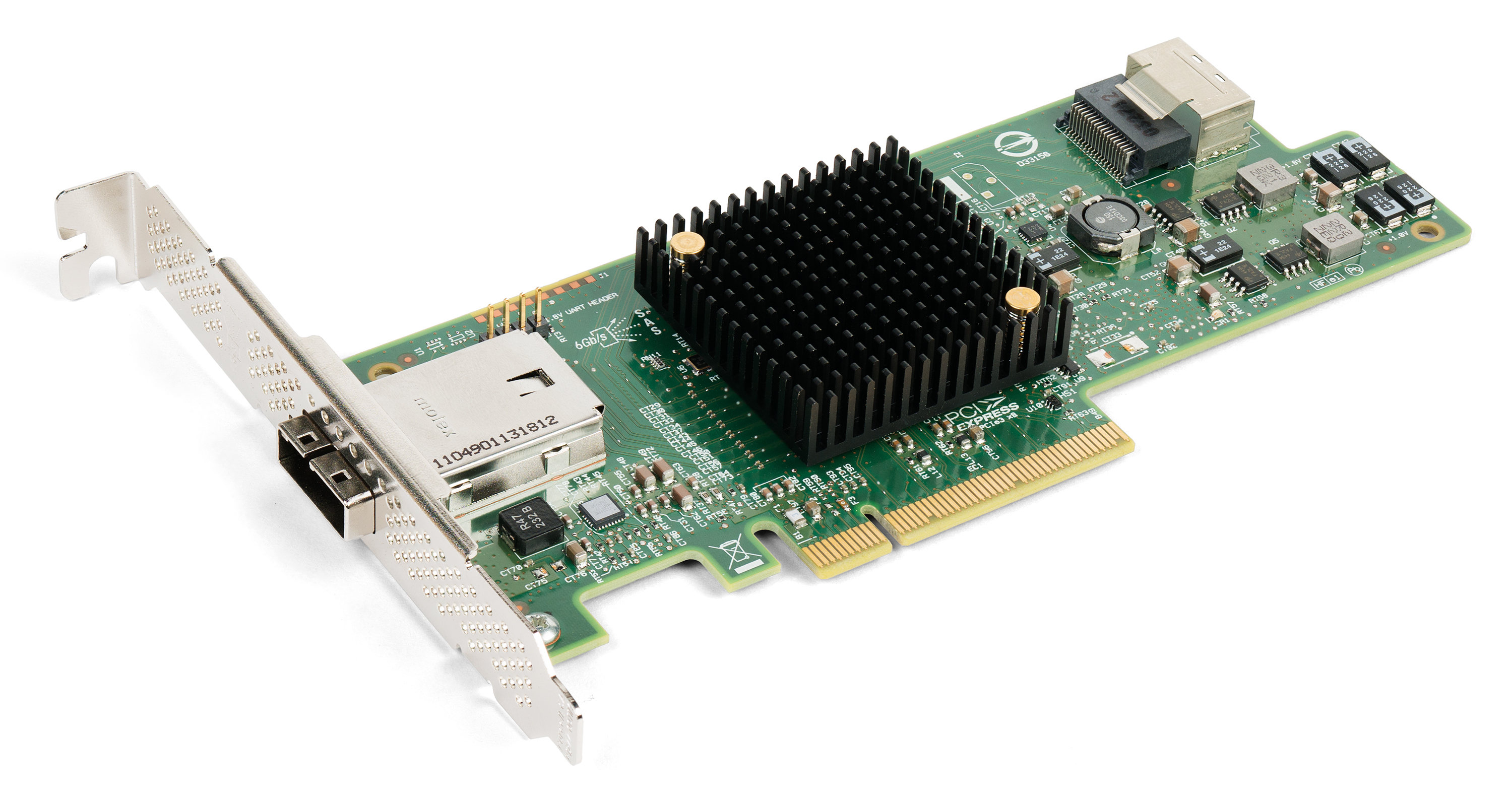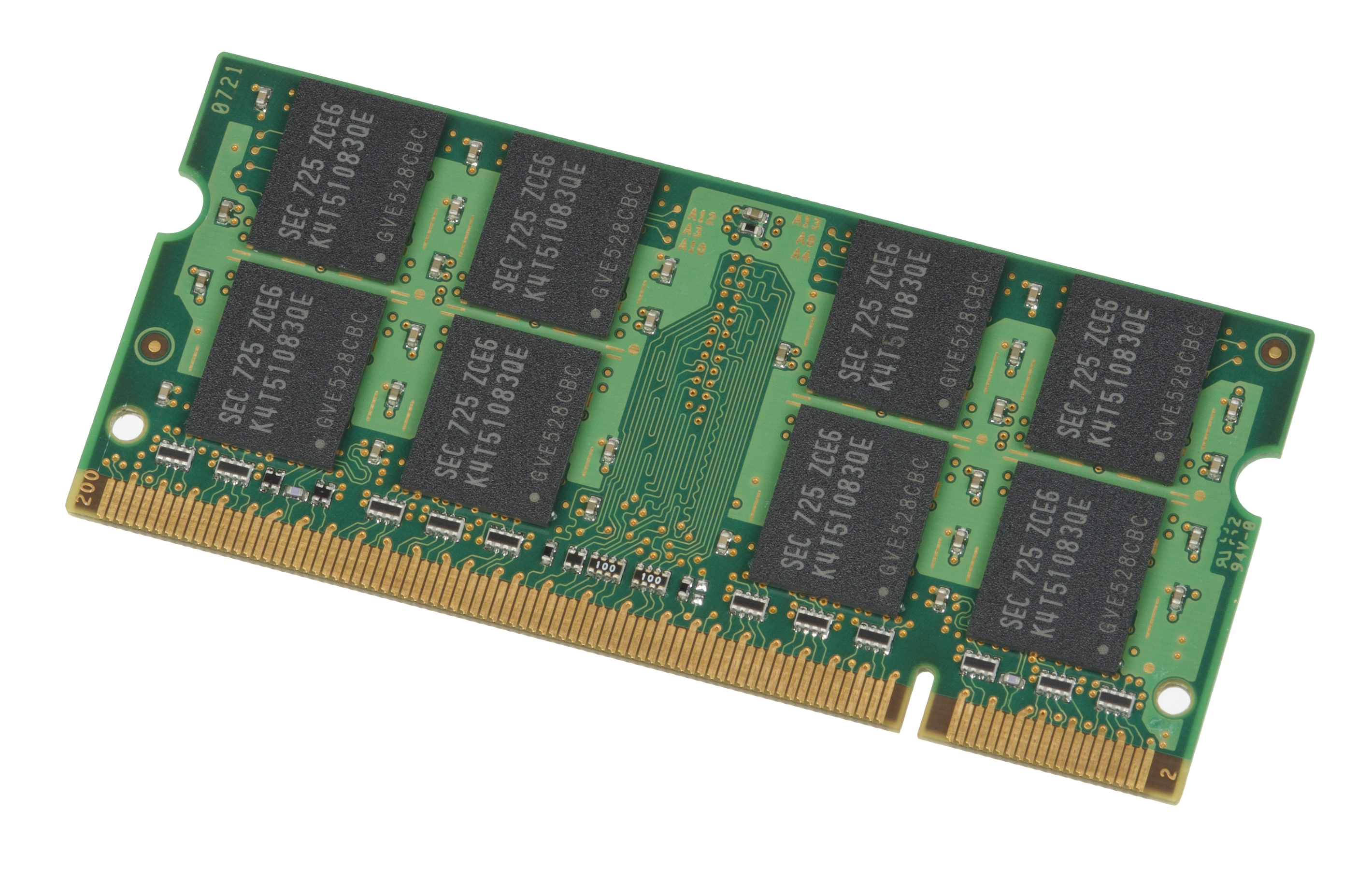|
Stub Series Terminated Logic
Stub Series Terminated Logic (SSTL) is a group of electrical standards for driving transmission lines commonly used with DRAM based DDR memory IC's and memory modules. SSTL is primarily designed for driving the DDR (double-data-rate) SDRAM modules used in computer memory; however, it is also used in other applications, notably some PCI Express PHYs and other high-speed devices. Four voltage levels for SSTL are defined: *SSTL_3, 3.3 V, defined in EIA/JESD8-8 1996 *SSTL_2, 2.5 V, defined in EIA/JESD8-9B 2002 used in DDR among other things. *SSTL_18, 1.8 V, defined in EIA/JESD8-15A, used in DDR2 among other things. *SSTL_15, 1.5 V, used in DDR3 Double Data Rate 3 Synchronous Dynamic Random-Access Memory (DDR3 SDRAM) is a type of synchronous dynamic random-access memory (SDRAM) with a high Bandwidth (computing), bandwidth ("double data rate") interface, and has been in use since 2007. ... among other things. SSTL_3 uses a reference of 0.45 * VDDQ (1.5 V). SSTL_2 and SSTL_18 ... [...More Info...] [...Related Items...] OR: [Wikipedia] [Google] [Baidu] |
Transmission Line
In electrical engineering, a transmission line is a specialized cable or other structure designed to conduct electromagnetic waves in a contained manner. The term applies when the conductors are long enough that the wave nature of the transmission must be taken into account. This applies especially to radio-frequency engineering because the short wavelengths mean that wave phenomena arise over very short distances (this can be as short as millimetres depending on frequency). However, the Telegrapher's equations, theory of transmission lines was historically developed to explain phenomena on very long electrical telegraph, telegraph lines, especially submarine telegraph cables. Transmission lines are used for purposes such as connecting Transmitter, radio transmitters and Radio receiver, receivers with their antenna (radio), antennas (they are then called feed lines or feeders), distributing cable television signals, trunking, trunklines routing calls between telephone switchi ... [...More Info...] [...Related Items...] OR: [Wikipedia] [Google] [Baidu] |
DRAM
Dram, DRAM, or drams may refer to: Technology and engineering * Dram (unit), a unit of mass and volume, and an informal name for a small amount of liquor, especially whisky or whiskey * Dynamic random-access memory, a type of electronic semiconductor memory * Dram, Welsh term for a minecart, a small railway cargo truck used in a mine railway Currency and geography * Dram, Armenian for "money" ** Armenian dram, a monetary unit ** Artsakh dram (formerly ''Nagorno-Karabakh dram''), a monetary unit * Dram, the Tibetan name for the town of Zhangmu on the Nepal-Tibet border * Historic English name for Drammen, Norway Music * DRAM (musician) (Shelley Marshaun Massenburg-Smith, born 1988), American rapper and actor * Database of Recorded American Music, an online resource * The Drams, an American band made up of members of Slobberbone See also * Dram shop, a bar, tavern or similar commercial establishment where alcoholic beverages are sold * Dirham The dirham, dirhem or drah ... [...More Info...] [...Related Items...] OR: [Wikipedia] [Google] [Baidu] |
Double Data Rate
In computing, double data rate (DDR) describes a computer bus that transfers data on both the rising and falling edges of the clock signal and hence doubles the memory bandwidth by transferring data twice per clock cycle. This is also known as double pumped, dual-pumped, and double transition. The term toggle mode is used in the context of NAND flash memory. Overview The simplest way to design a clocked electronic circuit is to make it perform one transfer per full cycle (rise and fall) of a clock signal. This, however, requires that the clock signal changes twice per transfer, while the data lines change at most once per transfer. When operating at a high bandwidth, signal integrity limitations constrain the clock frequency. By using both edges of the clock, the data signals operate with the same limiting frequency, thereby doubling the data transmission rate. This technique has been used for microprocessor front-side busses, Ultra-3 SCSI, expansion buses ( AGP, PCI ... [...More Info...] [...Related Items...] OR: [Wikipedia] [Google] [Baidu] |
DDR SDRAM
Double Data Rate Synchronous Dynamic Random-Access Memory (DDR SDRAM) is a double data rate (DDR) synchronous dynamic random-access memory (SDRAM) class of memory integrated circuits used in computers. DDR SDRAM, also retroactively called DDR1 SDRAM, has been superseded by DDR2 SDRAM, DDR3 SDRAM, DDR4 SDRAM and DDR5 SDRAM. None of its successors are forward or backward compatible with DDR1 SDRAM, meaning DDR2, DDR3, DDR4 and DDR5 memory modules will not work on DDR1-equipped motherboards, and vice versa. Compared to single data rate ( SDR) SDRAM, the DDR SDRAM interface makes higher transfer rates possible through more strict control of the timing of the electrical data and clock signals. Implementations often have to use schemes such as phase-locked loops and self-calibration to reach the required timing accuracy. The interface uses double pumping (transferring data on both the rising and falling edges of the clock signal) to double data bus bandwidth without a cor ... [...More Info...] [...Related Items...] OR: [Wikipedia] [Google] [Baidu] |
Computer Memory
Computer memory stores information, such as data and programs, for immediate use in the computer. The term ''memory'' is often synonymous with the terms ''RAM,'' ''main memory,'' or ''primary storage.'' Archaic synonyms for main memory include ''core'' (for magnetic core memory) and ''store''. Main memory operates at a high speed compared to mass storage which is slower but less expensive per bit and higher in capacity. Besides storing opened programs and data being actively processed, computer memory serves as a Page cache, mass storage cache and write buffer to improve both reading and writing performance. Operating systems borrow RAM capacity for caching so long as it is not needed by running software. If needed, contents of the computer memory can be transferred to storage; a common way of doing this is through a memory management technique called ''virtual memory''. Modern computer memory is implemented as semiconductor memory, where data is stored within memory cell (com ... [...More Info...] [...Related Items...] OR: [Wikipedia] [Google] [Baidu] |
PCI Express
PCI Express (Peripheral Component Interconnect Express), officially abbreviated as PCIe, is a high-speed standard used to connect hardware components inside computers. It is designed to replace older expansion bus standards such as Peripheral Component Interconnect, PCI, PCI-X and Accelerated Graphics Port, AGP. Developed and maintained by the PCI-SIG (PCI Special Interest Group), PCIe is commonly used to connect graphics cards, sound cards, Wi-Fi and Ethernet adapters, and storage devices such as solid-state drives and hard disk drives. Compared to earlier standards, PCIe supports faster data transfer, uses fewer pins, takes up less space, and allows devices to be added or removed while the computer is running (hot swapping). It also includes better error detection and supports newer features like I/O virtualization for advanced computing needs. PCIe connections are made through "lanes," which are pairs of wires that send and receive data. Devices can use one or more lanes ... [...More Info...] [...Related Items...] OR: [Wikipedia] [Google] [Baidu] |
DDR2 SDRAM
Double Data Rate 2 Synchronous Dynamic Random-Access Memory (DDR2 SDRAM) is a double data rate (DDR) synchronous dynamic random-access memory (SDRAM) interface. It is a JEDEC standard (JESD79-2); first published in September 2003. DDR2 succeeded the original DDR SDRAM specification, and was itself succeeded by DDR3 SDRAM in 2007. DDR2 DIMMs are neither forward compatible with DDR3 nor backward compatible with DDR. In addition to double pumping the data bus as in DDR SDRAM (transferring data on the rising and falling edges of the bus clock signal), DDR2 allows higher bus speed and requires lower power by running the internal clock at half the speed of the data bus. The two factors combine to produce a total of four data transfers per internal clock cycle. Since the DDR2 internal clock runs at half the DDR external clock rate, DDR2 memory operating at the same external data bus clock rate as DDR results in DDR2 being able to provide the same bandwidth but with better la ... [...More Info...] [...Related Items...] OR: [Wikipedia] [Google] [Baidu] |
DDR3
Double Data Rate 3 Synchronous Dynamic Random-Access Memory (DDR3 SDRAM) is a type of synchronous dynamic random-access memory (SDRAM) with a high Bandwidth (computing), bandwidth ("double data rate") interface, and has been in use since 2007. It is the higher-speed successor to DDR SDRAM, DDR and DDR2 SDRAM, DDR2 and predecessor to DDR4 SDRAM, DDR4 synchronous dynamic random-access memory (SDRAM) chips. DDR3 SDRAM is neither Forward compatibility, forward nor Backward compatibility, backward compatible with any earlier type of random-access memory (RAM) because of different signaling voltages, timings, and other factors. DDR3 is a DRAM interface specification. The actual DRAM arrays that store the data are similar to earlier types, with similar performance. The primary benefit of DDR3 SDRAM over its immediate predecessor DDR2 SDRAM, is its ability to transfer data at twice the rate (eight times the speed of its internal memory arrays), enabling higher bandwidth or peak data ra ... [...More Info...] [...Related Items...] OR: [Wikipedia] [Google] [Baidu] |
Computer Memory
Computer memory stores information, such as data and programs, for immediate use in the computer. The term ''memory'' is often synonymous with the terms ''RAM,'' ''main memory,'' or ''primary storage.'' Archaic synonyms for main memory include ''core'' (for magnetic core memory) and ''store''. Main memory operates at a high speed compared to mass storage which is slower but less expensive per bit and higher in capacity. Besides storing opened programs and data being actively processed, computer memory serves as a Page cache, mass storage cache and write buffer to improve both reading and writing performance. Operating systems borrow RAM capacity for caching so long as it is not needed by running software. If needed, contents of the computer memory can be transferred to storage; a common way of doing this is through a memory management technique called ''virtual memory''. Modern computer memory is implemented as semiconductor memory, where data is stored within memory cell (com ... [...More Info...] [...Related Items...] OR: [Wikipedia] [Google] [Baidu] |




